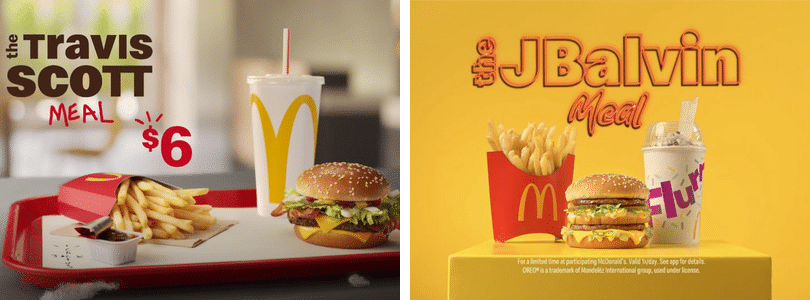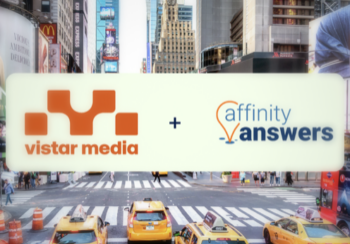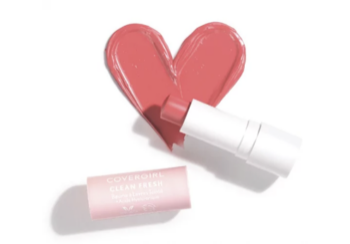Fan Data Measures Authenticity in Sponsorships
For brands and digital marketers, the right sponsorship can leverage mutual audience affinities to propel a product or service to success, but not every partnership is as gold as it might seem. Identifying and analyzing the shared interests and behaviors of each fan base is crucial in predicting the success of any potential partnership. Accurate, current data is tantamount in discovering the most relevant crowd crossover.
Recently, McDonald’s achieved massive success with their Travis Scott Meal promotion. This was likely due to the high relevance between the artist, the product, and its target audience. What can I say, the guy just loves McDonalds! But when the time came to emulate the promotion’s success with a quick follow-up, the J Balvin Meal, results just weren’t the same, with the second meal never attaining the fan momentum necessary to push a partnership to the finish line. So what went wrong? Today, we take a closer look at the fan data from each promotion.

When McDonald’s launched its Travis Scott Meal, the concept was to bridge the growing disconnect between the fast food brand and its dissipating younger demographics. Celebrity Travis Scott provided an ideal sponsorship opportunity, as the Grammy-nominated rapper was a known fan of the brand, having previously shared McDonald’s with his fans. The partnership allowed the fast food chain to reach Scott’s hold on the younger demographic it was craving while allowing Travis Scott to enter the cultural lexicon and become a household name, greatly expanding the artist’s awareness.
When we look at the TrueAffinity® scores between Travis Scott and McDonald’s fans, we see rapid growth throughout the course of the campaign. TrueAffinity is our proprietary measurement of the shared interests between fans of a brand and their engagement actions with other entities across social media. It essentially allows marketers to correlate relevance between fans and the brands they engage with. Measured between 0-10, a higher score identifies increased relevance, and as noted in the above chart, the shared affinity between McDonald’s and Travis Scott fans grew throughout the campaign, from rumor, to launch, until basically maxing out at the end of September.
The growing affinity score correlated to meal sales, with McDonald’s reporting a 4.6% increase in Q3 sales. The campaign’s success led to an immediate follow-up, this time with pop star J Balvin hoping to recreate the original campaign’s magic. Unfortunately, a lower initial mutual affinity between the brands was a precursor to weaker performance. Generally, less authenticity between fan bases led to stagnant pre-launch TrueAffinity scores that climbed to only half of the levels of Travis Scott Meal scores.
what makes a successful partnership?
The above example shows us, with a little help from TrueAffinity, authenticity tends to be the key to successful brand and promoter partnerships. People resonated with the Travis Scott Meal because they believe that Travis Scott would actually eat at McDonald’s. We’re not so sure that was the case with J Balvin. We believe this was more of a case of just a paid supporter.
Accessing fan insights through social media allows us to identify which audiences are likely to be the most in sync with each other. If that is important to you, we offer a platform, FanFinder360º, that allows marketers to understand the relationships between brands and potential sponsors.
For more details on our McDonald’s promotion analysis, click here to read our full article on MarketingTech. Want to know more about how FanFinder360º can assist in your campaigns’ reach and strategy? Contact us directly at audiences@affinityanswers.com.


